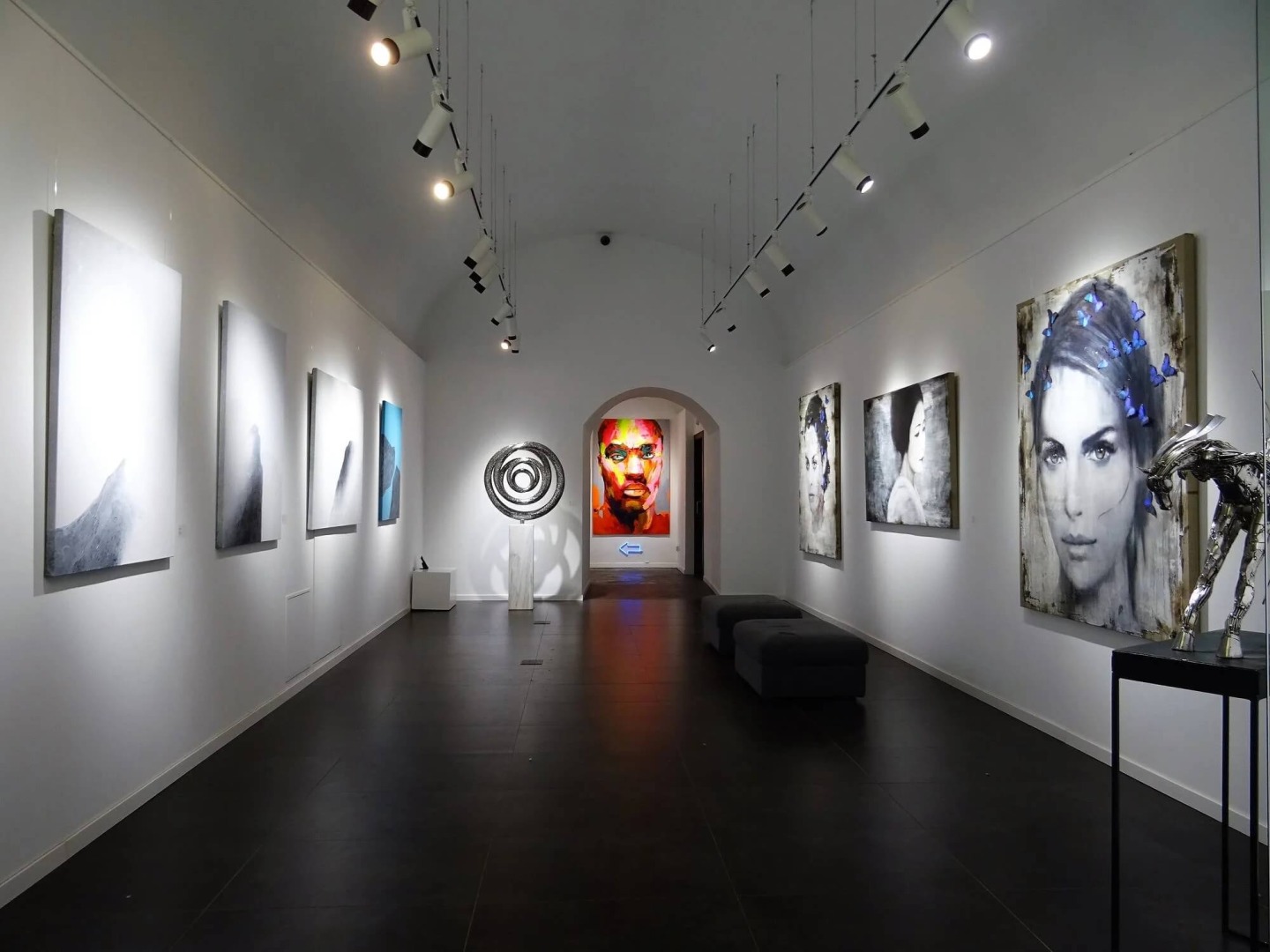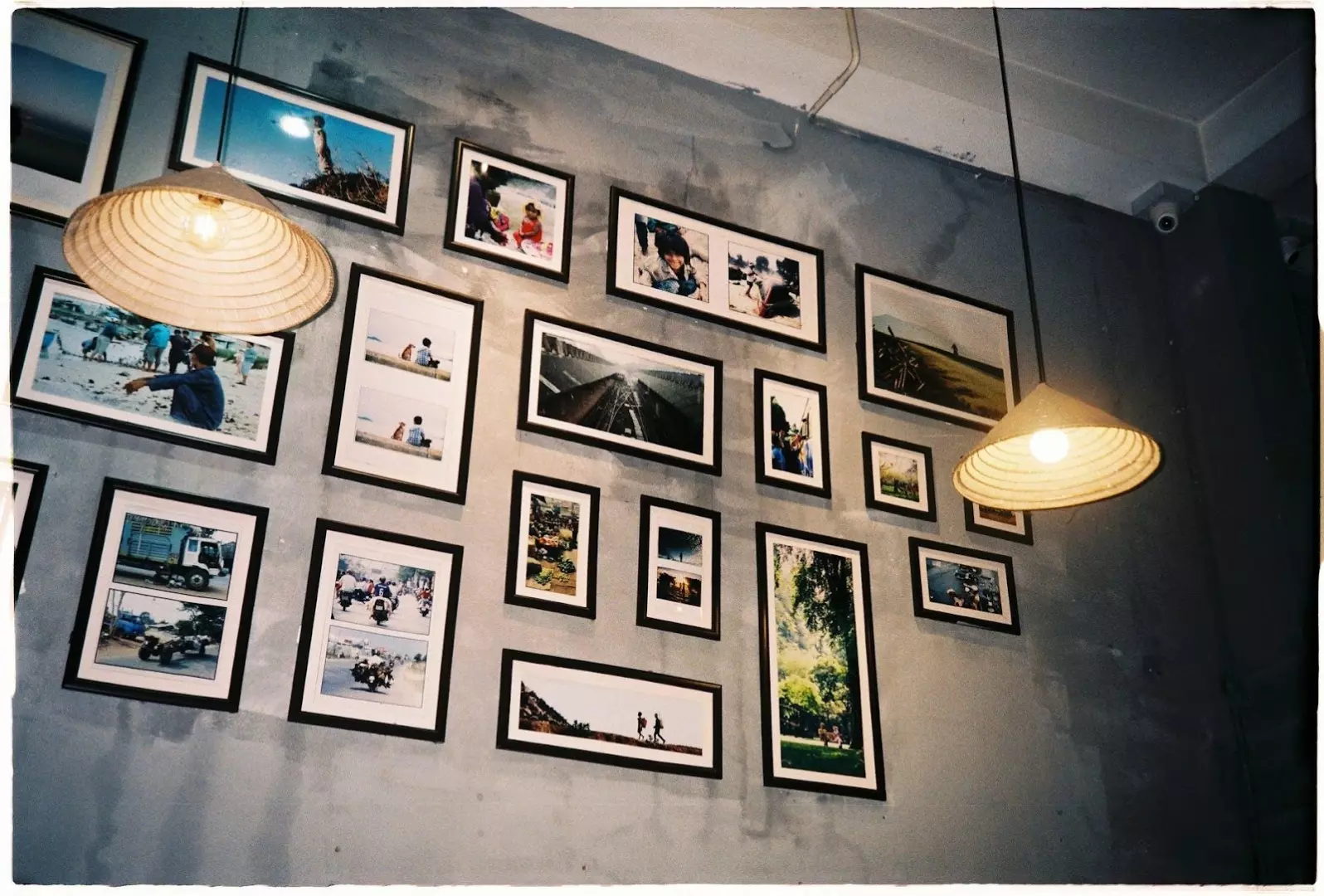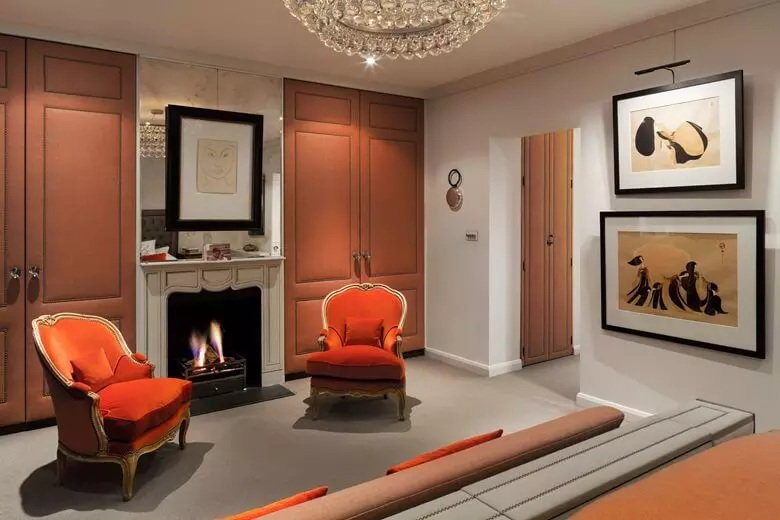Comments
- No comments found

You've probably wondered how to light artwork in your home.
Lighting art requires that you are aware of the angle of the light source and the size of the piece. You need to be able to see the colours in the piece from both close up and from a distance. The size, texture, and frame of the work can also affect the lighting required. There are some important things that you should consider to ensure that your artwork is properly illuminated.
First, make sure you have the proper lighting for your artwork. It should draw your attention to the piece and enhance its beauty. Ideally, you should use picture lights with high Colour Rendering Index (CRI) percentages to ensure accurate colours. Using brighter bulbs is not a good option as they tend to cast too much light. If you're worried about the brightness of artificial light, try using daylight instead.

Next, you should consider how to light the artwork. If it's a painting, you should avoid using fluorescent bulbs or similar lights. Fluorescent bulbs are too harsh and may damage the art. It's best to use daylight or artificial light that is close to it. For a safer alternative, consider using LED lights. They're safe and will not alter your artwork’s look.
To light a picture, you should aim the light directly at the centre of the picture, ensuring that it spreads evenly around the entire work. Remember to angle the light to the right angle so that it doesn't create glare or heat. Generally, it's best to use three times the amount of light for a picture than for the rest of the room. But make sure that you use the right amount of light for your painting.
The first rule of lighting art is to place the light in the appropriate spot. Usually, the light should be placed on a central part of the picture. The angle of the light should be between 30 degrees and 35 degrees, and the light should be far enough away from the artwork to prevent any heat damage. Keep in mind that your art should be as bright as possible, even if it's not in the centre of the room.

Whether you want to light a picture with picture lights or a spotlight, you need to consider the size of the artwork. If it's a painting, you should choose one with a smaller size to avoid glare. A smaller lamp can be used in the same way as a picture light, so be sure to convey that to your clients. However, you should always consider the size and shape of the artwork.
When you're displaying artwork, it's important to consider how the lighting will affect the space. Unlike other types of lighting, picture lights create a bright wall where the art is displayed. Moreover, these lights are more flexible than other types of lighting. In addition to the size of the artwork, picture lights also add to the aesthetics of the room. These light fixtures require an outlet or power if they're installed in hard-wired locations.
Picture lights are a great way to illuminate a picture. They can be mounted directly above the piece of art. Although they don't provide uniform illumination, they can still add a nice touch of decor to the room. If you have limited wall space, you'll want to use battery-operated picture lights in place of hard-wired fixtures. A picture light may be more expensive, but it can make a difference in the overall look of your home.
The best way to light a picture is by putting it in a bright area of your home. Depending on the size and type of the painting, you can use multiple different light sources to illuminate the canvas. These lights may not be installed at the exact same height as the artwork, but they can be mounted at a lower level than the other two. They can be positioned at any angle. And if you have a large group of pictures, you should focus on the centre of the canvas and use multiple picture lights.
How do you light your artwork at your home or office? Do let us know in the comments below.
Felix is the founder of Society of Speed, an automotive journal covering the unique lifestyle of supercar owners. Alongside automotive journalism, Felix recently graduated from university with a finance degree and enjoys helping students and other young founders grow their projects.
Leave your comments
Post comment as a guest